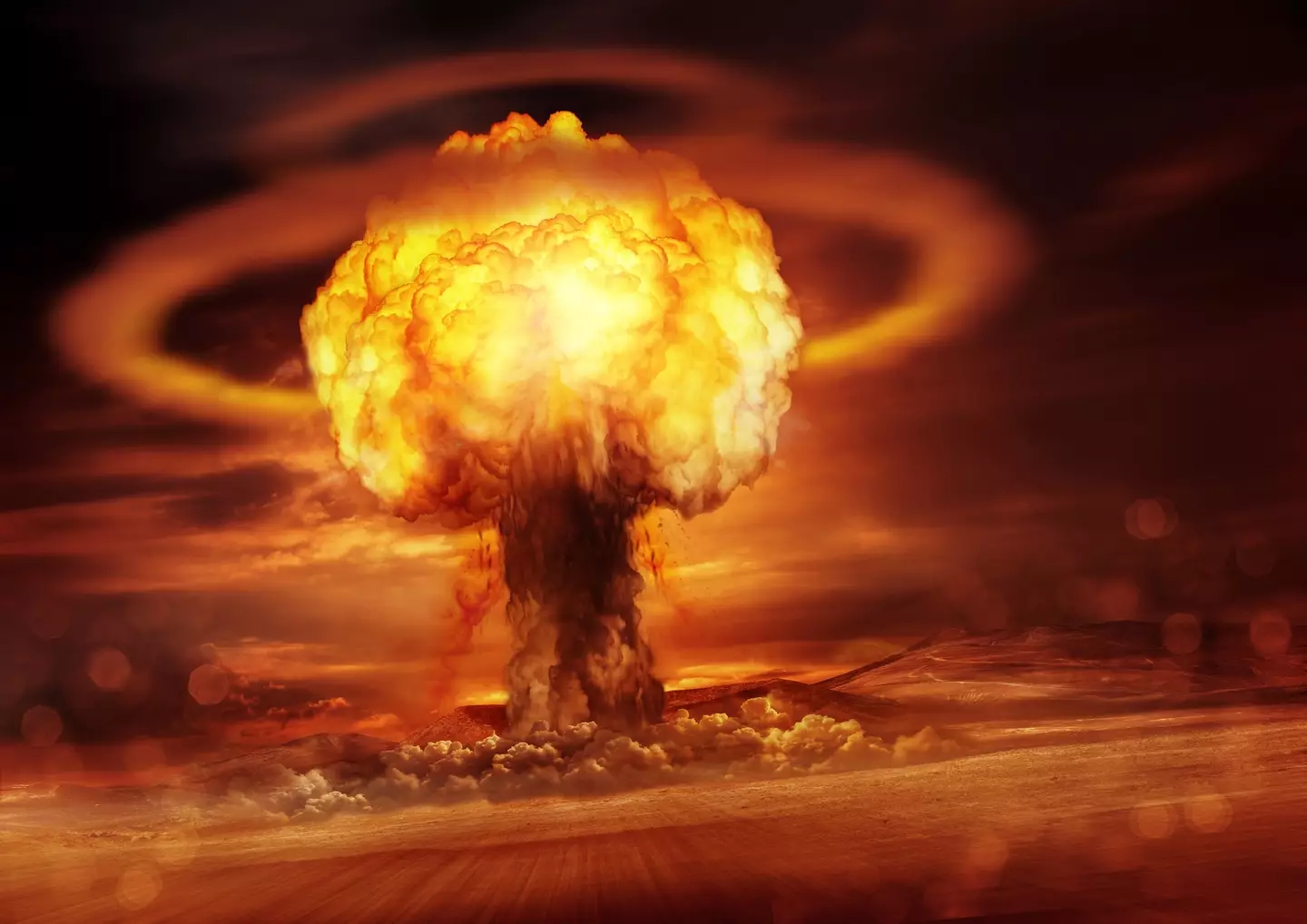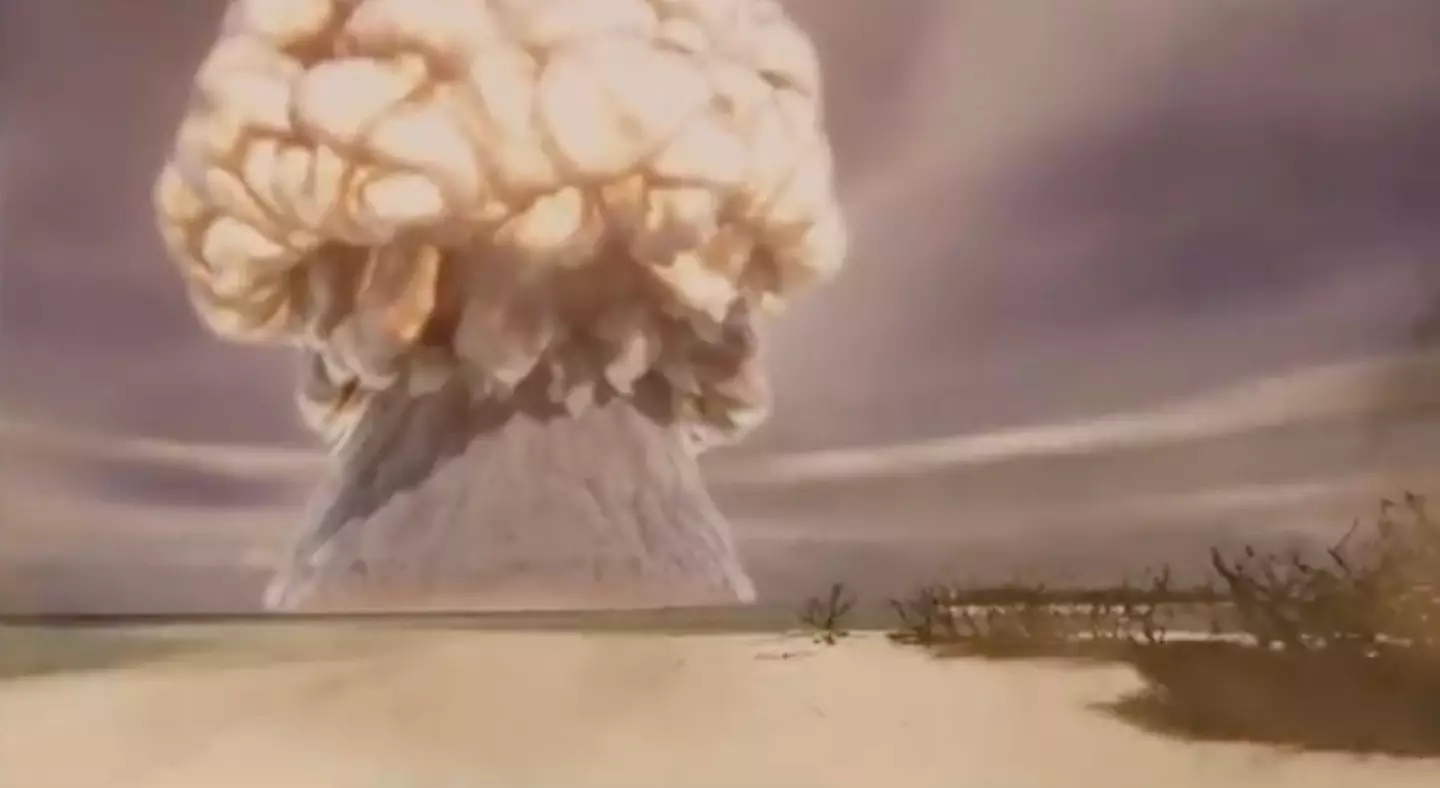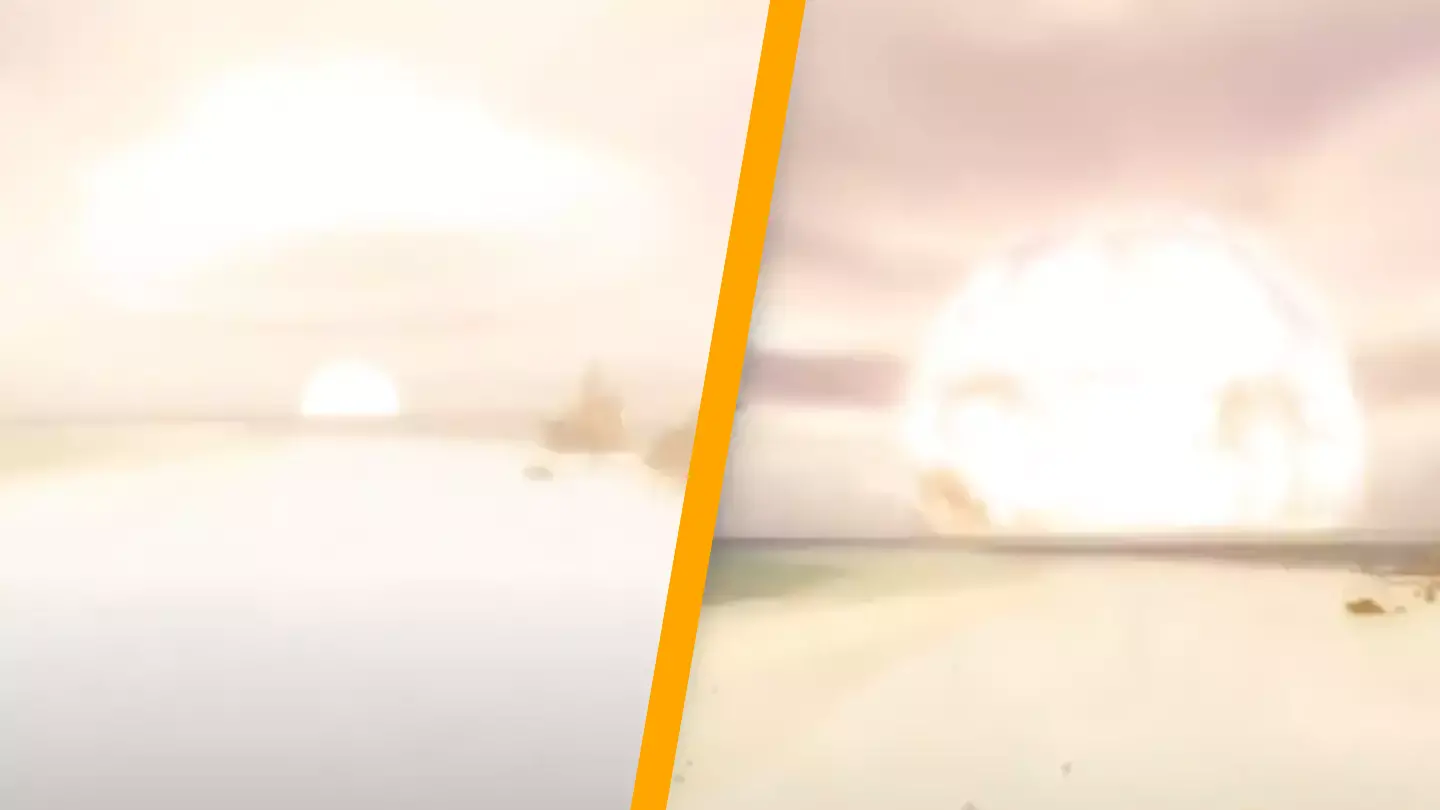A POV video reveals the terrifying reality of a nuclear explosion occurring nearby.
Nuclear missiles, explosions, and technology are both captivating and frightening aspects of our modern era.
Throughout history, it is unusual for us to create a weapon so destructive that those who possess it are hesitant to use it (regardless of political declarations).
Most people lack a clear understanding of just how horrifying a nuclear explosion can be.

In truth, it is fortunate to never have direct experience with the devastation of the most dangerous weapon ever created.
Still, curiosity persists.
While we can all hope that humanity never resorts to using them again, a broadcasting company has created a simulation video, filmed from a first-person perspective, demonstrating the experience of a nuclear blast, and it is even more terrifying than one might imagine.
Yleisradio Oy, also known as the Finnish Broadcasting Company, produced the clip using VR technology, taking viewers to Enewetak Atoll, a reef in the Pacific Ocean.
The simulation is based on Ivy Mike, the code name for the first full-scale test of a thermonuclear device.
It begins with a POV view of the island, with stunning scenery set against an ominous countdown.
When the bomb detonates, the screen fills with a bright, white light, powerful enough in reality to cause temporary blindness, known as flash blindness.
A massive fireball ignites everything in the vicinity, and the heat from the fireball generates a change in air pressure, creating a deadly shock wave that obliterates everything.
If this were to happen in a city, The Atomic Archive explains: “In general, large buildings are destroyed by the change in air pressure, while people and objects such as trees and utility poles are destroyed by the wind.”
But the aftermath is even more sinister.
Anyone close enough to the explosion, as depicted in the video, would suffer severe third-degree burns and radiation exposure.
As the simulation continues, the infamous mushroom cloud begins to form, signaling disaster for humanity in reality.

The Atomic Archive adds: “Fallout radiation is received from particles that are made radioactive by the effects of the explosion, and subsequently distributed at varying distances from the site of the blast…
“The significant hazards come from particles scooped up from the ground and irradiated by the nuclear explosion.
“The radioactive particles that rise only a short distance (those in the ‘stem’ of the familiar mushroom cloud) will fall back to earth within a matter of minutes, landing close to the center of the explosion.
“Such particles are unlikely to cause many deaths, because they will fall in areas where most people have already been killed.
“The radioactive particles that rise higher will be carried some distance by the wind before returning to Earth, and hence the area and intensity of the fallout is strongly influenced by local weather conditions.”
As historical nuclear bombings have shown, fallout contamination can persist for many years.

